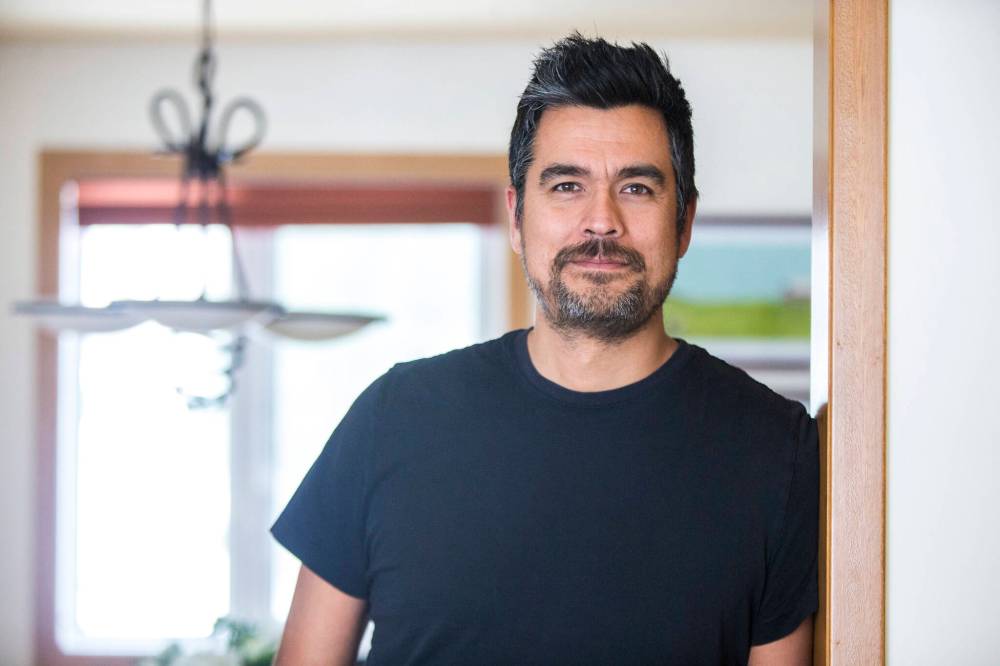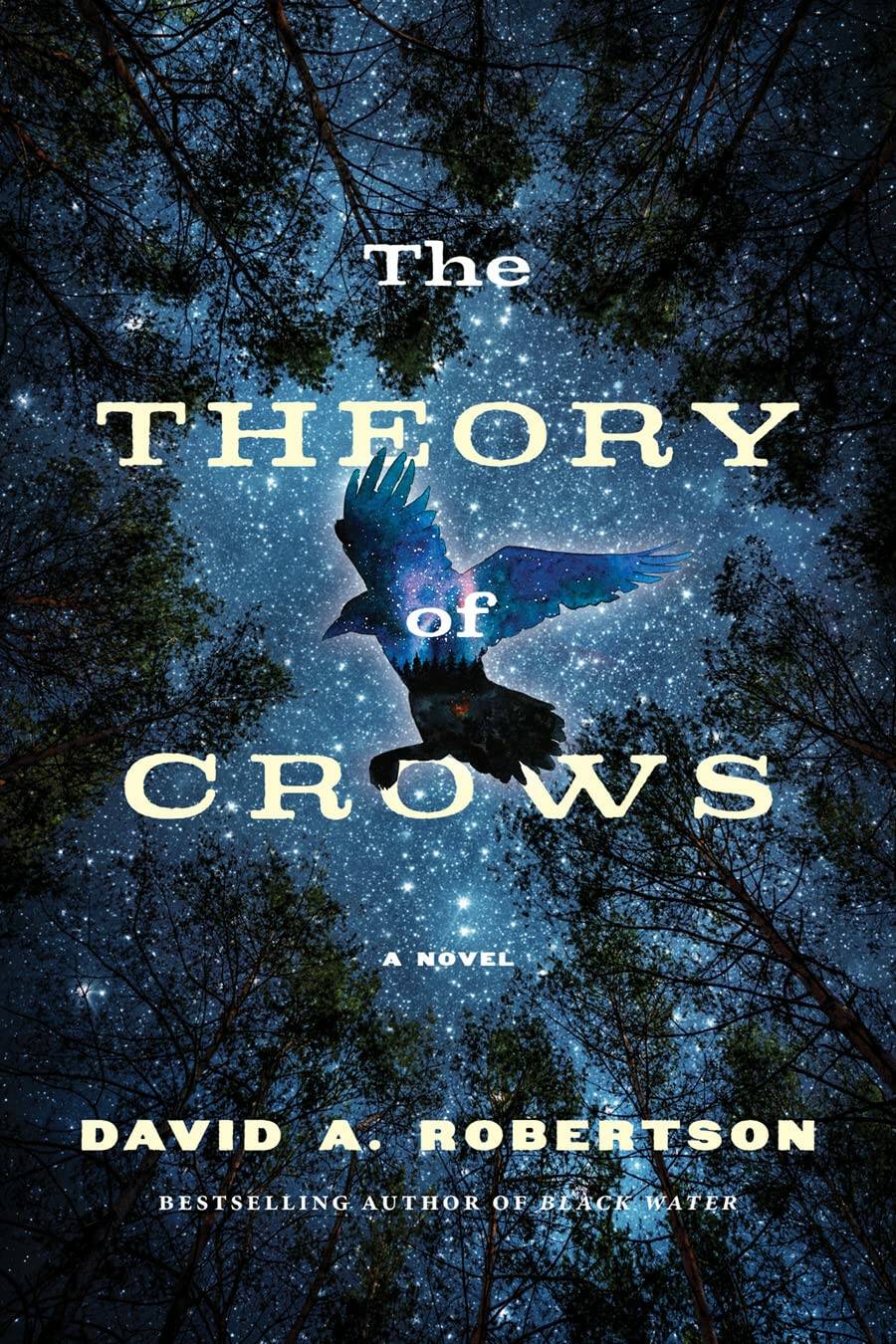Northern exposure
Father-daughter trek to trapline resonates in Robertson’s adult fiction
Advertisement
Read this article for free:
or
Already have an account? Log in here »
To continue reading, please subscribe:
Monthly Digital Subscription
$0 for the first 4 weeks*
- Enjoy unlimited reading on winnipegfreepress.com
- Read the E-Edition, our digital replica newspaper
- Access News Break, our award-winning app
- Play interactive puzzles
*No charge for 4 weeks then price increases to the regular rate of $19.00 plus GST every four weeks. Offer available to new and qualified returning subscribers only. Cancel any time.
Monthly Digital Subscription
$4.75/week*
- Enjoy unlimited reading on winnipegfreepress.com
- Read the E-Edition, our digital replica newspaper
- Access News Break, our award-winning app
- Play interactive puzzles
*Billed as $19 plus GST every four weeks. Cancel any time.
To continue reading, please subscribe:
Add Free Press access to your Brandon Sun subscription for only an additional
$1 for the first 4 weeks*
*Your next subscription payment will increase by $1.00 and you will be charged $16.99 plus GST for four weeks. After four weeks, your payment will increase to $23.99 plus GST every four weeks.
Read unlimited articles for free today:
or
Already have an account? Log in here »
Hey there, time traveller!
This article was published 15/10/2022 (1150 days ago), so information in it may no longer be current.
‘Prolific writer” is a moniker typically reserved for novelists with decades of published work. But David A. Robertson has redefined the term, having written more than 25 books not in the span of a lifetime, but in little more than a decade.
In 2020 alone, Robertson published the memoir Black Water, the graphic novel Breakdown and children’s novel The Barren Grounds. He has received multiple awards, including the 2017 and 2021 Governor General’s Literary Award, Kirkus and Quill & Quire best middle-grade book of 2020 and the 2021 Writers’ Union of Canada Freedom to Read Award.
Recently, Robertson became an editorial director at Tundra Books and won the $50,000 Canadian Children’s Literature Award for the picture book On the Trapline, illustrated by Julie Flett. He is a member of Norway House Cree Nation and lives in Winnipeg.

Mikaela MacKenzie / Winnipeg Free Press files
David A. Robertson weaves together a family connection to ancestral land, a fractured father-daughter relationship and the healing that happens on their journey.
Robertson’s new adult novel is The Theory of Crows, and his genre-shifting skills do not diminish his ability to reach an intended audience. The Theory of Crows explores an interconnected story that includes a fractured relationship between a father and teenage daughter, a critical family connection to ancestral land and significant healing that happens on a shared journey.
For readers of Black Water, certain themes remain in Robertson’s latest work: writing, Swampy Cree heritage, blood memory, connection to a trapline, the legacy of residential schools and the importance of knowing where you come from.
The Theory of Crows introduces us to distracted and disconnected father Matthew and his 16-year-old daughter Holly, who is wise beyond her years. The adult-level knowledge and dialogue attributed to Holly is sometimes reminiscent of Douglas Coupland’s writing style, with pop culture references and witty observations that are sometimes too clever to be believed but always entertaining. Both father and daughter grapple with their fair share of existential angst.
However, a connection to the land eclipses any 1980s music and movie references. When Robertson explores the experience of being in nature, both appreciation and authenticity shine brightly. Recalling details about the location of the family’s trapline, Matthew writes: “An eagle’s nest bulging at the top of a thin tree, like a bursting water pipe. A lake with so many reeds protruding through the surface that it looked like hair.”
The characters’ relationship with the land becomes increasingly important as the story unfolds, with father and daughter going on an important journey that becomes more of an adventure that either bargained for.
Memories shared by Holly’s grandfather have a profound effect on how they navigate their path and how they react to the forces of nature: “I know what it feels like to know what home is and not be able to find your way there.”

The Theory of Crows
At its core, The Theory of Crows focuses on repairing a fractured relationship between father and daughter. The journey they go on — literally and figuratively — includes compelling realism about how complicated conversations can sometimes happen in simple places, such as in a canoe while paddling down a river.
While they work on reconnecting, nature is their guide, having the power to provide, challenge and heal. “(Holly) was greeted by a cool breeze, and air so crisp that it stung her nostrils, a sensation that she was quickly falling in love with. In the city, she just felt like she was taking in air when she breathes. Up here, breathing was like taking in life, and it made her feel vibrant.”
Deborah Bowers is Red River Métis and walks in two worlds.



